High Quality Ephedra For Sale
Ephedra intermedia stems wholesaler, supplier and exporter.
ACPFOOD is where you can buy this product. We provide and sell bulk Ephedra with the best quality to wholesalers, manufacturers and retailers. We purchase high quality Jointfir directly from farmers and you can buy it from us with the best price.
To order this product, please contact us.
About Ephedra
It is a shrub that reaches one meter in height and has many species.
This shrub has many stems that grow densely. These stems are very narrow, strapped, and grayish green, and their cross section is circular.
The leaves of this shrub are very small, triangular, and pointed, and often grow in twos or threes on the stems. These leaves get dried quickly.
The male flowers of this shrub are yellow and very small and usually grow in the form of three dense spikes on the stems. Its female flowers are also very small and grow on the stems. Each female flower usually has six small leaves that grow two by two in pairs. These small leaves are the sepals of female flowers. The flowers of some ephedra species have pedicels and others do not.
The fruits of this small shrub are pinkish red and sometimes orange. Each fruit consists of a small and swollen part. The seeds are small, almond-shaped, slightly elongated, pointed, and rich brown.
Temperament: Hot and dry
Chemical Constituents
It has a complex chemical composition and contains various types of compounds, including alkaloids, flavonoids, tannins, polysaccharides, and organic phenolic acids.
Alkaloids are the main active components of this plant, in which a total of 29 have been identified: Ephedradine, Feruloylhistamine, Ephedrine, Pseudoephedrine, Norephedrine, Noreseudoephedrine, Methylephedrine, Methylpseudoephedrine, Ephedroxane, Dimethyl-5-pheyloxazolidine, Trimethyl-5-phenyloxazolidine, O-benzoyl-L(+)-pseudoephedrine, O-benzoyl-D(–)-ephedrine, Hordenine, oxopyrrolidine-2-carboxamide, Transtorine, Methoxykynurenic acid, Kynurenic acid, Hydroxykynurenic acids, Ephedralone, Methanoproline, Maokonine, Tetramethylpyrazine, Benzylamine, N-methybenzlamine.
More than 40 kinds of flavonoids, such as quercetin, luteolin, and rutin, have been isolated from this plant. The results of pharmacological studies have shown that flavonoids in this plant can scavenge diphenylpicrohydrazide free radicals, and the strength of its antioxidant effect is related to the number and structure of hydroxyl groups of its active ingredients.
The tannins make up a class of polyphenolic compounds with complex structures that are widely found in plants. They usually exist in condensed form, including dimer, trimer, and tetramer proanthocyanidins, as well as hydrolytic tannins. The latest method for detecting tannins is gel permeation chromatography, developed by a team from Japan.
Polysaccharides are macromolecular components in this plants. At present, the main polysaccharides isolated from it are polysaccharides A, B, C, D, and E, and hyperbranched acidic polysaccharides. Among them, the relative molecular masses of its polysaccharides A, B, C, D, and E are 1.2 × 106, 1.5 × 106, 9 × 104, 6.6 × 103, and 3.4 × 104, respectively. In addition, when these stems were continuously extracted by the water extraction method (liquid–solid ratio 5) in a water bath at 90 °C for 3 h, the monosaccharide composition of the water-soluble polysaccharides in it was obtained as 43.1% glucose, 36.4% galactose, 14.9% mannose, 3.7% arabinose, and 1.7% gluconic acid.
Separated phenolic acids, such as nebrodenside A, nebrodenside B, and O-coumaric acid glucoside, from Ephedra for the first time in 2005. Since then, scientists have also successively separated organic acids such as trans-cinnamic acid and syringin from Ephedra.
The volatile oil in Ephedra is one of its medicinal material bases. The content of volatile oil in Ephedra is low, at only approximately 0.15%. Different planting methods, processing methods, and extraction techniques affect the content of volatile oil in Ephedra.
In addition to the above compounds isolated and identified from Ephedra, other ingredients such as lignans, naphthalenes, esters, terpenoids, and quinones have been identified.
Health Benefits
Ephedra is a diuretic, emmenagogue, sudorific, brain and nerve assuasive, nasal decongestant, fat burner, and chest decongestant.
This plant helps to cure fever, rheumatism, pertussis, urinary retention, and uterine discomfort after childbirth. Drinking the extract of this plant is tonic for the heart and improves asthma. It reduces polydipsia tumors. It is an effective antidote for scopolamine poisoning, and for this reason, scopolamine is usually mixed with ephedrine, then get used.
As an effective substance for stimulating the central nervous system, ephedrine increases the process of basal metabolism. It means that it forces the body to burn the absorbed food calories faster. Caffeine, which is present in tea, coffee, cocoa, Coca-Cola, etc., intensifies the weight loss effect of ephedrine. Both caffeine and ephedrine are powerful stimulants, and when taken together, they cause insomnia, anger, irritation, and haste.
A study shows that ephedrine helps smokers reduce their cravings. Therefore, if you want to quit smoking, with considering the side effects of ephedrine and your doctor consultation, you can use it within the permitted dosage.
Drinking a decoction of the stems of the ephedra plant is useful for colds and flu.
Drinking its fruit extract helps to treat respiratory diseases.
In India, the aqueous extract of this plant, which has a bitter and astringent taste, is used to control asthma attacks. The tincture of Ephedra is prescribed to strengthen the heart and stimulate blood circulation. In the former Soviet Union, a decoction of ephedra stems and roots is used to treat rheumatism and syphilis. The extract of ephedra fruits is effective for relieving respiratory tract discomfort.
In China, this plant is used to stimulate the brain and nerve centers against fatigue and anxiety. It also increases the blood pressure due to the reduction of the diameter of the vessels and the contraction of the vessels. It makes the bowel movements slow down. It calms down the contraction of the bronchi and relieves asthma. It stimulates the secretion of saliva and gastric fluids. Accelerates uterine movements. It opens the pupil of the eye (its topical application in the eye). Relieves vomiting.
Dose: Decoction and tincture of Ephedra can be used to treat congestion in cases of colds, chest discomfort, and hay fever, as well as losing weight and smoking cessation. To prepare it, boil a dessert spoon of half-pounded dry Ephedra in a cup (220 grams) of hot water for 15 minutes and drink 2 cups a day.
Harms: Ephedra is harmful to pregnant women, nursing women, children under two years old, the elderly, patients with heart disease, and those with high blood pressure, hyperthyroidism, and diabetes. Ephedra causes dry mouth and anxiety.
Most researchers believe that it is better to use pseudoephedrine instead of ephedrine because the side effects of pseudoephedrine are much less than ephedrine, but herbal medicine experts recommend that you should always use medicinal products made from the plant itself, because it is healthier and is less harmful and more effective than ephedrine or pseudoephedrine which is isolated from the plant.


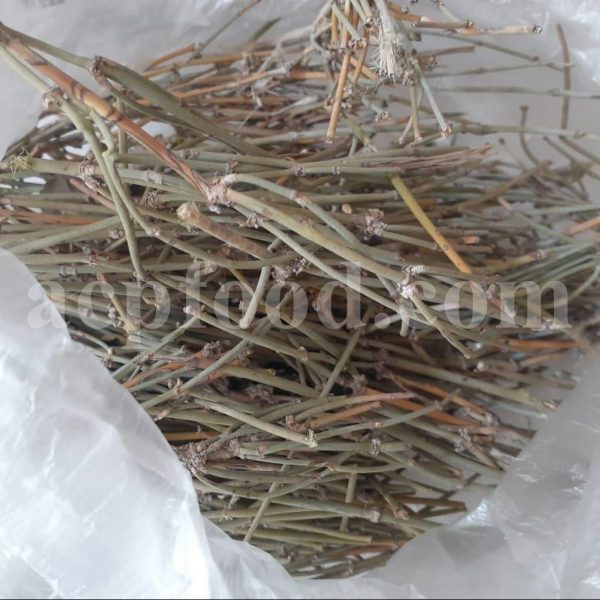
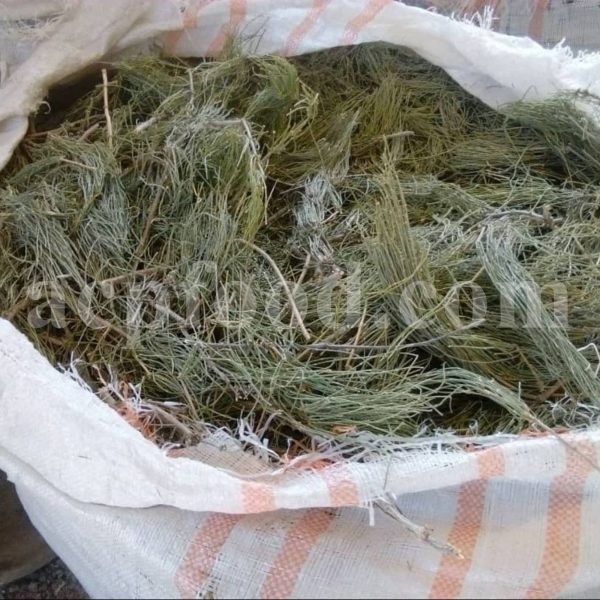
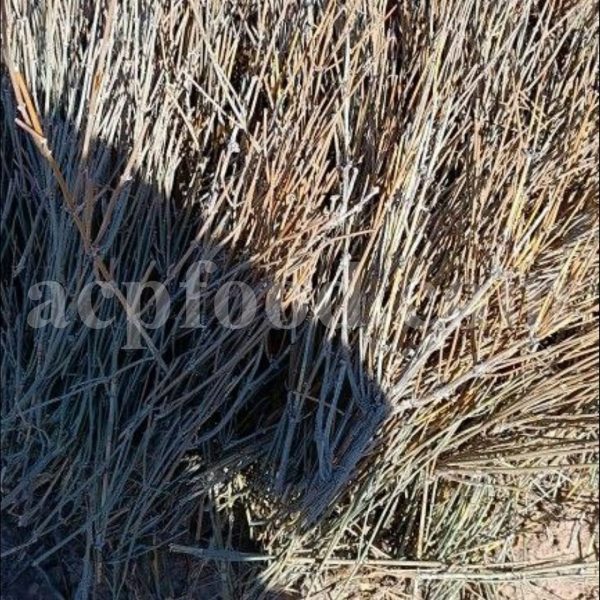
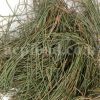

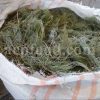
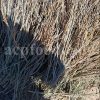


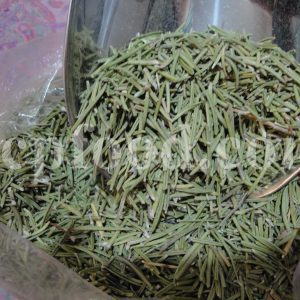
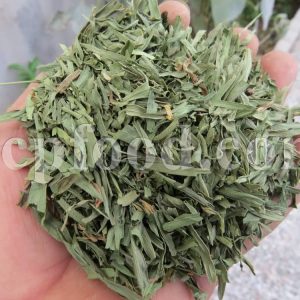
Reviews
There are no reviews yet.